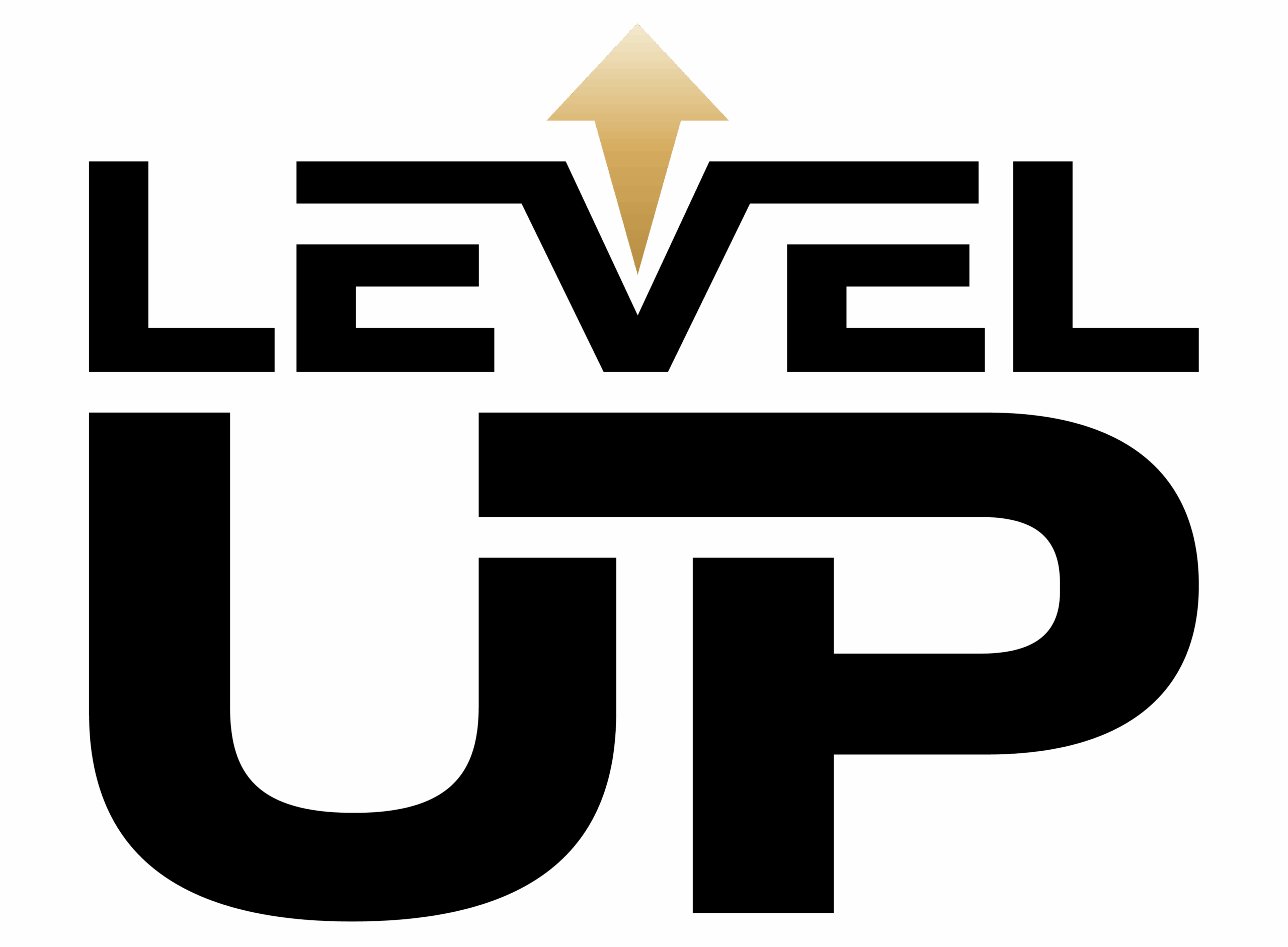In direct sales, the ability to connect with people instantly is just as important as your product expertise. If you’re not able to hook your target audience, all that knowledge becomes irrelevant because they will tune out before you even get the chance to share it.
Mastering these core sales communication techniques will transform how you drive every interaction toward a close. To get you started, we will dive into the specific strategies that turn initial conversations into sales opportunities.
1. Start with Active Listening
Great sales conversations begin with understanding, not talking. Active listening will allow you to hear every customer’s needs, challenges, and goals, giving you the insight to respond in ways that truly resonate.
Here are active listening practices you can use:
- Maintain eye contact and avoid distractions during conversations. Doing so shows the customer that they have your full attention and that you value what they’re saying.
- Paraphrase their concerns to confirm you’ve understood them correctly. This not only clarifies any misunderstandings but also reassures the customer that their perspective matters.
- Ask open-ended questions to keep the dialogue flowing. Discovery inquiries encourage deeper discussion and provide you with richer insights into their needs and motivations. Here are some examples of open-ended questions you can use:
- “Can you tell me more about the challenges you’re facing with [specific area]?”
- “What does an ideal solution look like for you?”
- “What would success look like if this issue were resolved?”
When customers feel heard, they’re far more likely to trust your recommendations.
2. Build Rapport Before You Pitch
Jumping straight into your offer can feel transactional, which can make customers hesitant to trust your intentions. Instead of doing that, take time to create a genuine connection. Building rapport is the bridge that makes a sales conversation flow naturally.
- Find common ground through shared experiences or interests. This helps create a sense of familiarity and makes the conversation feel more genuine.
- Use their name naturally during the conversation to personalize the interaction. It signals attentiveness and shows that you see them as an individual, not just a potential sale.
- Show enthusiasm for solving their problem, not just closing the deal. Genuine excitement about helping them builds trust, which makes your recommendations more compelling.
Establishing rapport humanizes the sales process, making it easier to transition into discussing solutions.
3. Communicate Benefits, Not Just Features
One of the most effective sales communication techniques is shifting from product-focused pitches to customer-centred dialogues. Customers will always want to know how your product or service will help them, not just what it does.
- Frame every feature in terms of its benefit to the customer. This shifts the focus from what the product does to how it improves their experience or solves their problem.
- Use “so you can…” statements to link features to real-world value. It helps customers immediately see the practical impact of what you’re offering. For example, “Our software can automate your invoicing so you can spend more time focusing on growing your business.”
- Share quick success stories or examples to make the benefits tangible. Real-world examples make your claims more credible and relatable, helping customers envision similar results for themselves.
When you focus on impact rather than specs, customers see the value faster.
4. Handle Objections with Confidence
Objections aren’t rejection. They’re opportunities to address concerns and build credibility. The way you respond to it can strengthen the customer’s trust in your expertise.
- Listen fully before responding and avoid interrupting. This shows respect for the customer’s perspective and allows you to respond thoughtfully rather than reactively.
- Acknowledge their concern and validate it before offering solutions. Doing so builds trust and demonstrates that you understand their situation, making your solutions more persuasive because the customer feels heard and is more open to considering your recommendations.
- Prepare answers to common objections in advance. Being ready with thoughtful responses increases your confidence and helps keep the conversation moving forward smoothly.
When handled well, objections can actually move the conversation forward.
5. Close Conversations Effectively
Closing isn’t about pushing. It’s about confirming that you’ve met the customer’s needs and making the next steps clear.
- Summarize the main benefits discussed to reinforce value. This ensures the customer clearly understands how your solution meets their needs and leaves a lasting impression.
- Ask direct but friendly closing questions like, “Shall we get started today?” A confident, approachable question like that makes it easier for the customer to commit without feeling pressured.
- Always confirm the next action, whether it’s a follow-up call or finalizing the sale. Clear next steps prevent confusion and keep the momentum of the sales process moving forward.
A confident close leaves no room for uncertainty and keeps momentum strong.
Sales Communication Training You Can Do To Sharpen Your Skills
Developing strong communication skills in sales doesn’t happen overnight. It requires practice and intentional training.
Beginner professionals can take actionable steps today to improve their ability to connect, persuade, and close effectively. The best ones are the following:
- Role-Playing Scenarios: Practice everyday sales conversations with a colleague or mentor. This helps you respond naturally to objections, refine your messaging, and build confidence.
- Record and Review Your Conversations: Listening to your own calls or presentations highlights areas for improvement, such as pacing, tone, or clarity.
- Seek Feedback from Experienced Professionals: Constructive critique from mentors or peers accelerates learning and provides insights you might overlook.
- Attend Workshops or Online Training: Structured programs in sales communication techniques offer proven frameworks and practical exercises to elevate your performance.
- Set Personal Communication Goals: Focus on one skill at a time, whether active listening, empathy, or closing techniques, and then track your progress over weeks or months.
Consistent sales communication training empowers beginner professionals to refine their approach, adapt to different customer personalities, and turn more conversations into successful outcomes.
Mistakes to Avoid When Communicating With Prospects
Even the most well-intentioned sales professionals can make errors that undermine their credibility or stall a conversation. That’s why being aware of the common pitfalls you can make is crucial so you stay confident and effective.
Here are the common ones to watch out for:
- Talking Too Much, Listening Too Little: Focusing solely on your pitch can make prospects feel unheard. Always prioritize understanding their needs before presenting solutions.
- Using Jargon or Complex Language: Overly technical terms can confuse or alienate customers. Keep your language clear and relatable.
- Overpromising Results: Making commitments you can’t deliver damages trust and can hurt customer relationships. Be honest about what your product or service can realistically achieve.
- Ignoring Body Language or Tone: Nonverbal cues communicate just as much as words. Poor eye contact, closed posture, or rushed speech can send the wrong message.
- Failing to Follow Up: A lack of follow-through suggests disorganization or disinterest. Confirm next steps and maintain consistent communication to build credibility.
Avoiding these mistakes strengthens your sales communication techniques, making conversations more productive and fostering trust with every prospect.
Wrapping It Up: Sharpen Your Sales Communication Techniques Today
Mastering the many sales communication techniques takes practice, but it’s a skill set that pays off throughout your career. From active listening to confident closing, each step builds trust, showcases professionalism, and creates lasting relationships with customers.
Remember, sales isn’t just about selling a product. It’s about creating meaningful conversations that lead to mutual success.
Quick Recap:
- Listen first, talk second: Active listening builds trust and uncovers customer needs.
- Build genuine rapport: Personal connections make sales conversations smoother and more effective.
- Focus on benefits, not just features: Show how your product solves real problems for the customer.
- Handle objections confidently: Address concerns thoughtfully to strengthen credibility and move the conversation forward.
- Continuous practice matters: Role-playing, feedback, and training sharpen your sales communication techniques and boost results.
Did you find this guide helpful?
Follow Level Up Marketing for more insights on sales communication techniques and other foundational business skills. You can also reach out to our team for mentorship and training opportunities that will help you build your confidence, skills, and results in direct sales.

